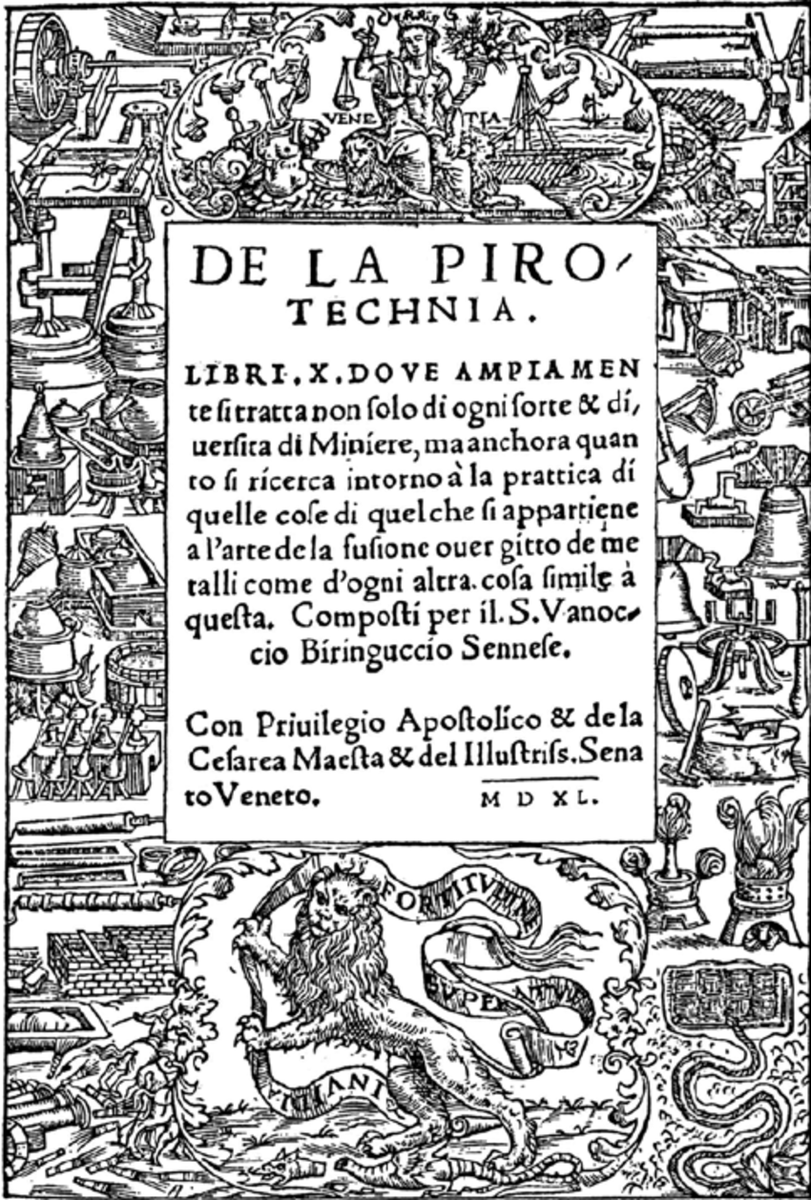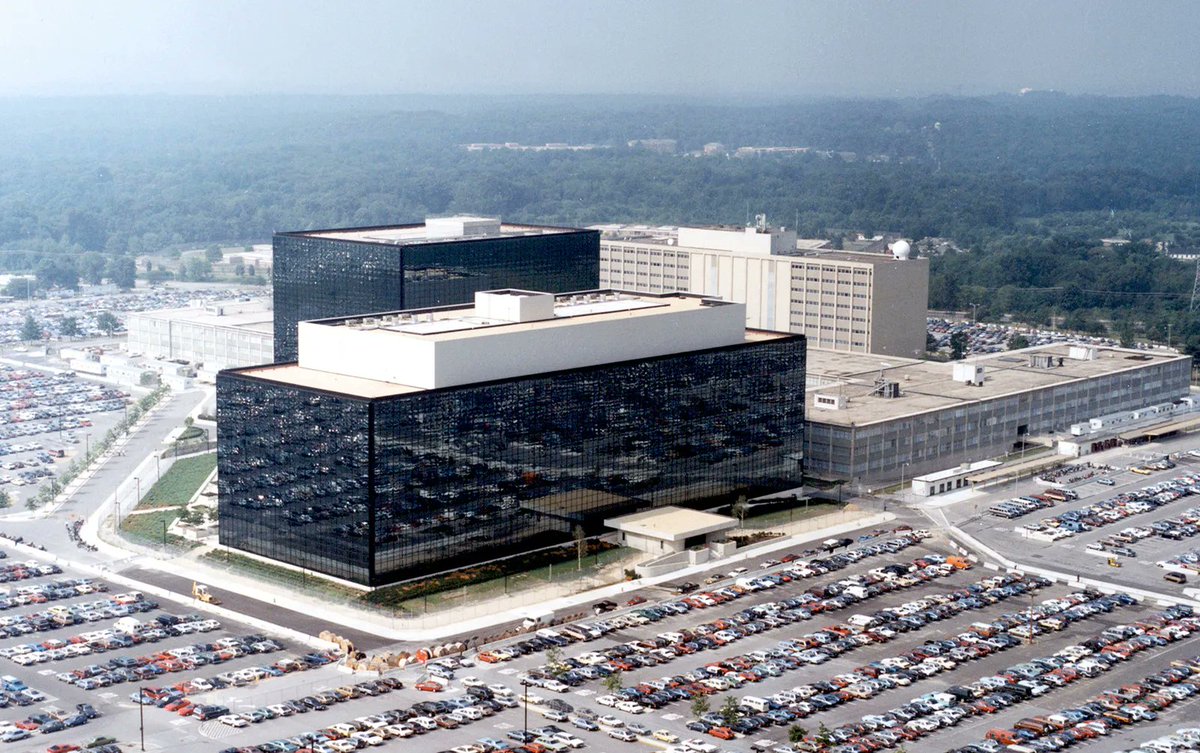
Hey #OSINT, today in this thread we will summarize the evolution of OSINT in the past 200 years. Follow the thread 🧵
1. The advent of print media leads to the establishment of intelligence systems allowing the systemic and systematic collection from open sources. 

2. The structured intelligence networks start to influence and control the print media and the intelligence services need to categorize the information collected from the press based on criteria related to publication, author and context 

3. The intelligence services become government institutions and the segregation between domestic and foreign occurs, the open-source information being collected now from homeland sources and from abroad target territories by different structures 

4. Public radio and tv networks are developed, if until that time, intelligence were focused on indexing, storing, accessing written info, they start now to be concerned with converting voice to text. The need to capture, index, store and access video info becomes also apparent. 

5. In addition to SIGINT, IMINT or MASINT, the efficiency of OSINT starts to highly depend on the efficiency of computing equipment and technologies used 

6. The massive use of the Internet causes an exponential growth in the volume of data available on the Internet 

7. The moving from analogic to digital allows for the segmentation of data and data series, facilitating the collection, processing, and analysis. 

8. The social media and the emergence of mobile data access (www) devices provide new categories of data and meta-data which allows for the micro-profiling and profiling of an entity or a group at any level. 

9. Using the new technologies, the OSINT structures transform into actionable intelligence big volumes of data, which are most often unorganized, derived from multiple sources, available in different forms and collected through several categories of channels. 

10. As the volumes of available data are huge, the purpose is no longer to collect all information that could be of interest, and the collection base needs to be continuously adapted to the intelligence needs. 

Reference:
Ungureanu, G. T. (2021). OPEN-SOURCE INTELLIGENCE (OSINT). THE WAY AHEAD. Journal of Defense Resources Management (JoDRM), 12(1), 177-200.
Don't forget to subscribe our youtube channel youtube.com/@osintforall
end of thread 🧵
#OSINTForAll #OSINT #evolution
Ungureanu, G. T. (2021). OPEN-SOURCE INTELLIGENCE (OSINT). THE WAY AHEAD. Journal of Defense Resources Management (JoDRM), 12(1), 177-200.
Don't forget to subscribe our youtube channel youtube.com/@osintforall
end of thread 🧵
#OSINTForAll #OSINT #evolution
• • •
Missing some Tweet in this thread? You can try to
force a refresh











